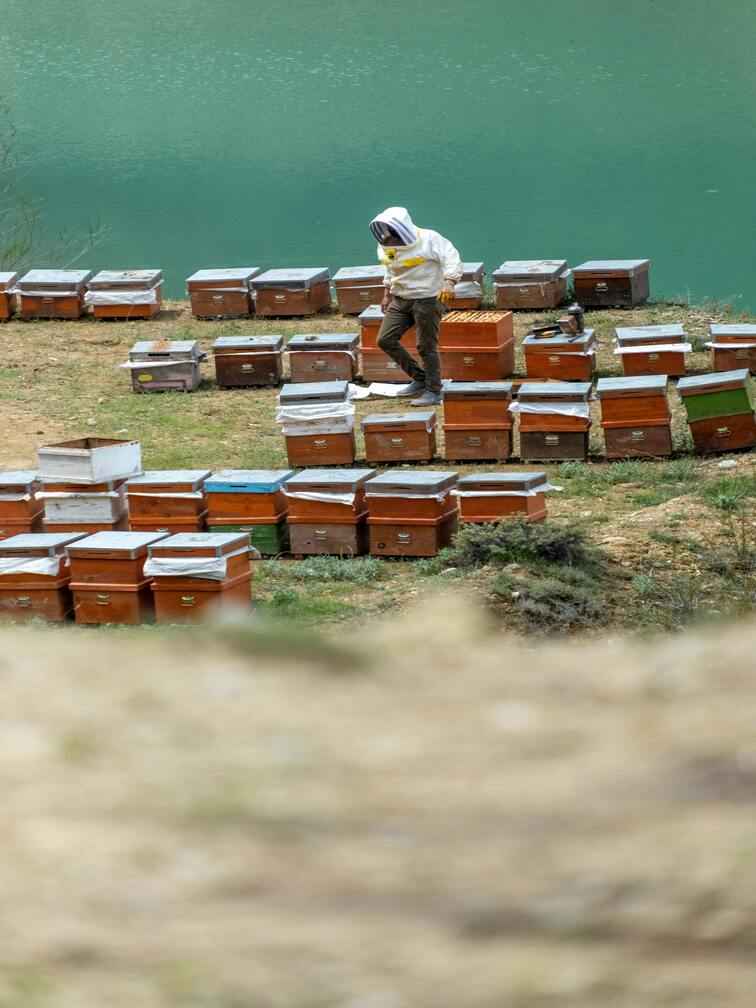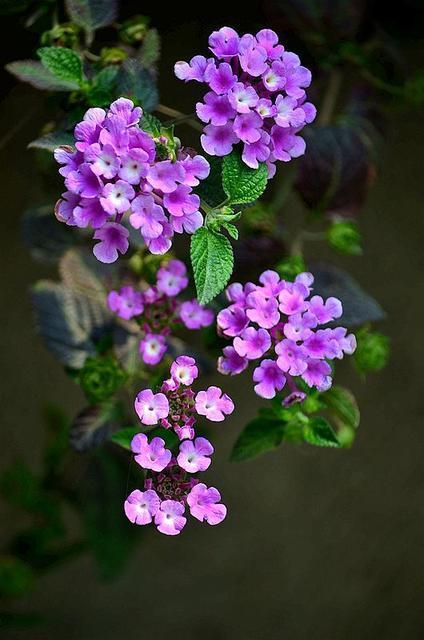An urban beehive refers to a beehive situated in an urban or metropolitan area rather than in rural or countryside settings. Urban beekeeping has gained popularity as cities have embraced the idea of integrating more green spaces and sustainable practices into their environments. Here’s a closer look at the concept:
Urban Beehive: Key Aspects
- Location and Design:
- Urban Beehive designs are adapted to fit in small, often confined spaces such as rooftops, balconies, or community gardens. These hives are often more compact and designed to minimize impact on surrounding structures and residents.
- The design of an urban beehive might include features that help control the hive’s temperature and reduce noise, considering the close proximity to people and buildings.
- Benefits:
- Pollination: Urban beehives contribute to the pollination of city gardens, parks, and green spaces, enhancing urban biodiversity and supporting local food production.
- Education and Awareness: They serve as educational tools, helping city dwellers learn about bees, their role in the ecosystem, and the importance of pollinators.
- Local Honey Production: Honey produced from urban beehives can be enjoyed locally, reducing the need for transportation and supporting local businesses.
- Challenges:
- Space Constraints: Urban beekeepers must manage the spatial limitations and ensure that the urban beehive does not disturb neighbors or other residents.
- Regulations: Many cities have regulations regarding the placement and management of beehives. Compliance with local laws and guidelines is essential for successful urban beekeeping.
- Pest Management: Urban environments may present unique challenges for pest management, requiring careful monitoring and control practices.
- Community Impact:
- Urban Beehives can foster a sense of community by involving residents in beekeeping activities, such as workshops or hive tours, and by promoting a shared commitment to sustainability.
- They also enhance the aesthetic appeal of urban spaces, contributing to a greener and more eco-friendly city landscape.
- Innovative Approaches:
- Some urban beehives use modern technologies such as hive monitoring systems that allow beekeepers to track hive conditions remotely. These technologies can help manage the hive more efficiently and address issues proactively.
In summary, an urban beehive represents a convergence of agriculture and urban living, bringing the benefits of beekeeping into city environments. It highlights the adaptability of beekeeping practices to modern urban settings and underscores the importance of integrating natural processes into urban planning.



